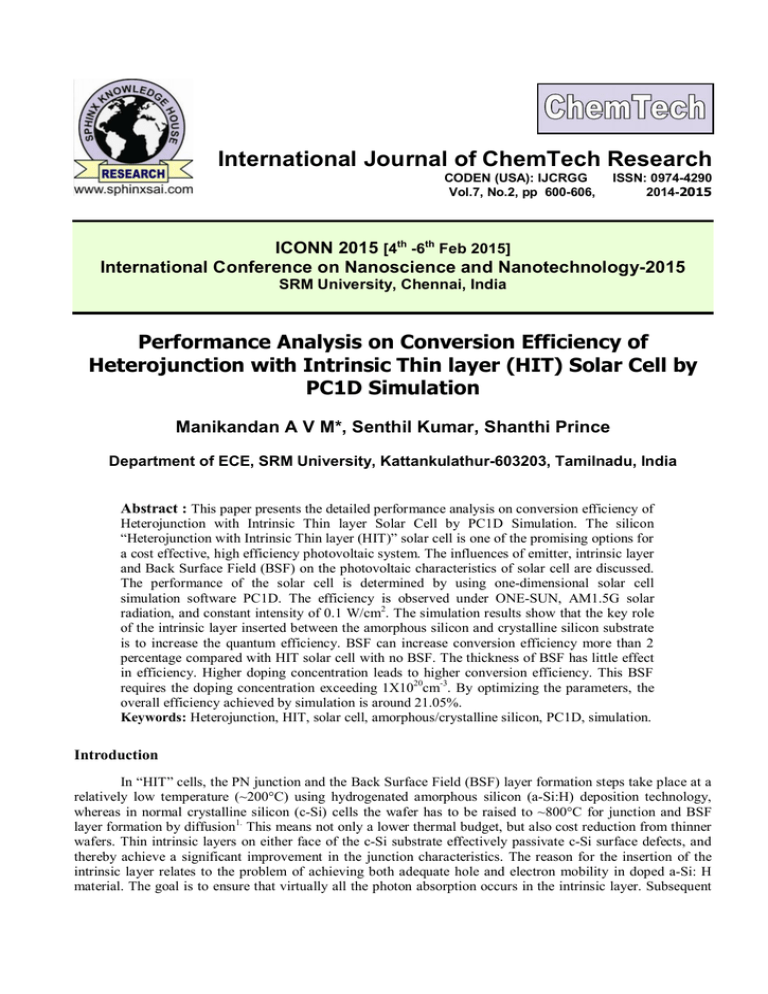
A range of values of s was calculated for different surfaces. Simulations are carried out to show the dependences of the PCR amplitudes on the structural and transport properties (thickness, minority carrier lifetime, diffusion coefficient, and front surface recombination velocity) of the implanted layer with excitation in a wide spectral range, respectively. Electric fields at junction interfaces in front-surface-field and tandem-junction cells acting as minority carrier reflectors or sinks tend to alter the value of effective surface recombination velocity for different beam penetration depths. A textured front-surface-field cell with a high-low junction near the surface shows the effect of minority carrier reflection and an apparent reduction of s, whereas a tandem-junction cell shows an increasing s value. It is shown that the surface recombination velocity, s, increases by an order of magnitude when an etched surface degrades, probably as a result of environmental reaction. A scanning electron microscope with pulsed electron beam was used to measure this parameter of silicon surfaces.

Higher recombination rate of carriers due to high SRV provide a detrimental impact on the Isc of solar cell. simulations 23 exemplarily for an n-type silicon solar cell with front side. The impact of front and back surface recombination velocities on the important characteristics (namely short circuit current (Isc), open circuit voltage (Voc), conversion efficiency (η) and fill factor FF) of solar cell were investigated by Personal Computer One Dimension (PC1D) simulation software. It is shown that for crystalline silicon at 300K in. The dependence of S eff and J 0s on surface charge Q, surface dopant concentration N s, and interface parameters is derived.

The rate of photo generated carriers reduces due to higher surface recombination velocity (SRV). This paper examines two effective surface recombination parameters: the effective surface recombination velocity S eff and the surface saturation current density J 0s. A high surface recombination velocity causes the creation of dead layer. With reduction of the front surface recombination velocity, initial decays of 20-25 ns were obtained under open-circuit conditions. Surface recombination velocity is an important parameter which strongly impacts the overall performance of the solar cell.


 0 kommentar(er)
0 kommentar(er)
